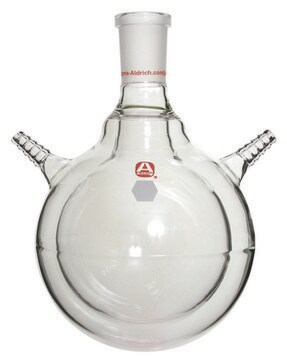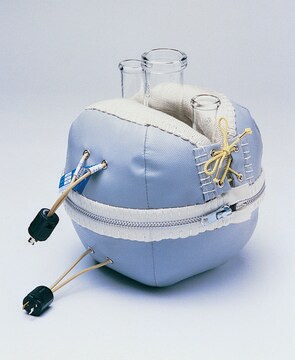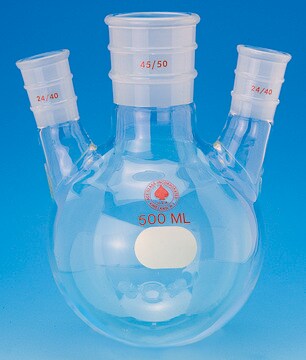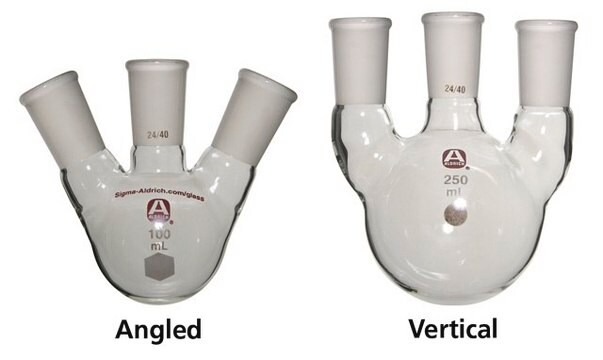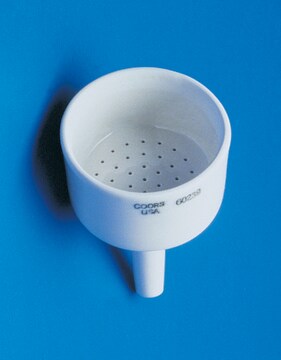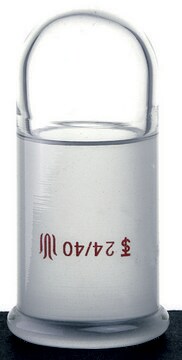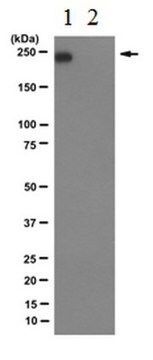RCC4 plus vector alone
3112702, human kidney, Epithelial
Synonym(s):
Human RCC4, RCC4 Cell Line
Sign Into View Organizational & Contract Pricing
All Photos(1)
About This Item
UNSPSC Code:
41106514
Recommended Products
Product Name
RCC4 plus vector alone, 03112702
biological source
human kidney
growth mode
Adherent
karyotype
Not specified
morphology
Epithelial
products
Not specified
receptors
Not specified
technique(s)
cell culture | mammalian: suitable
relevant disease(s)
cancer
shipped in
dry ice
storage temp.
−196°C
Cell Line Origin
Renal cell carcinoma cell line RCC4 stably transfected with an empty expression vector, pcDNA3, conferring neomycin resistance.
Cell Line Description
Renal cell carcinoma cell line RCC4 stably transfected with an empty expression vector, pcDNA3, conferring neomycin resistance. This cell line is VHL-deficient i.e. the von Hippel-Lindau tumour suppressor gene product is not expressed. These cells are tumourigenic.
Application
RCC4 plus vector alone is mainly used to study the tumour suppressor gene product function - von Hippel-Lindau tumour suppressor gene. It is also used in cell responses to hypoxia.
- RCC4 plus vector alone has been used in study involving the effect of in vitro ischemia on canonical hypoxic HIF-1α (Hypoxia Inducible Factor α) stabilization.
- It has been used in the study involving CMA (chaperone-mediated autophagy)-mediated degradation of HIF1α in the lysosome.
- It has also been used to study lipodepsipeptide MDN-0066-mediated inhibition of VHL/HIF (Von Hippel-Lindau/hypoxia inducible factor) pathway.
DNA Profile
STR-PCR Data: Amelogenin: X
CSF1PO: 10,12
D13S317: 12
D16S539: 11
D5S818: 12
D7S820: 8.2
THO1: 9.3
TPOX: 11
vWA: 16
CSF1PO: 10,12
D13S317: 12
D16S539: 11
D5S818: 12
D7S820: 8.2
THO1: 9.3
TPOX: 11
vWA: 16
Culture Medium
DMEM + 10% FBS + 2 mM Glutamine + G418 0.5mg/ml
Subculture Routine
Split sub-confluent cultures (70-80%) 1:4 to 1:8 i.e. seeding at 1-3 x 10,000 cells/cm2 using 0.25% Trypsin/EDTA; 5% CO2; 37°C.
Other Notes
Additional freight & handling charges may be applicable for Asia-Pacific shipments. Please check with your local Customer Service representative for more information.
Choose from one of the most recent versions:
Certificates of Analysis (COA)
Lot/Batch Number
Sorry, we don't have COAs for this product available online at this time.
If you need assistance, please contact Customer Support.
Already Own This Product?
Find documentation for the products that you have recently purchased in the Document Library.
Our team of scientists has experience in all areas of research including Life Science, Material Science, Chemical Synthesis, Chromatography, Analytical and many others.
Contact Technical Service
